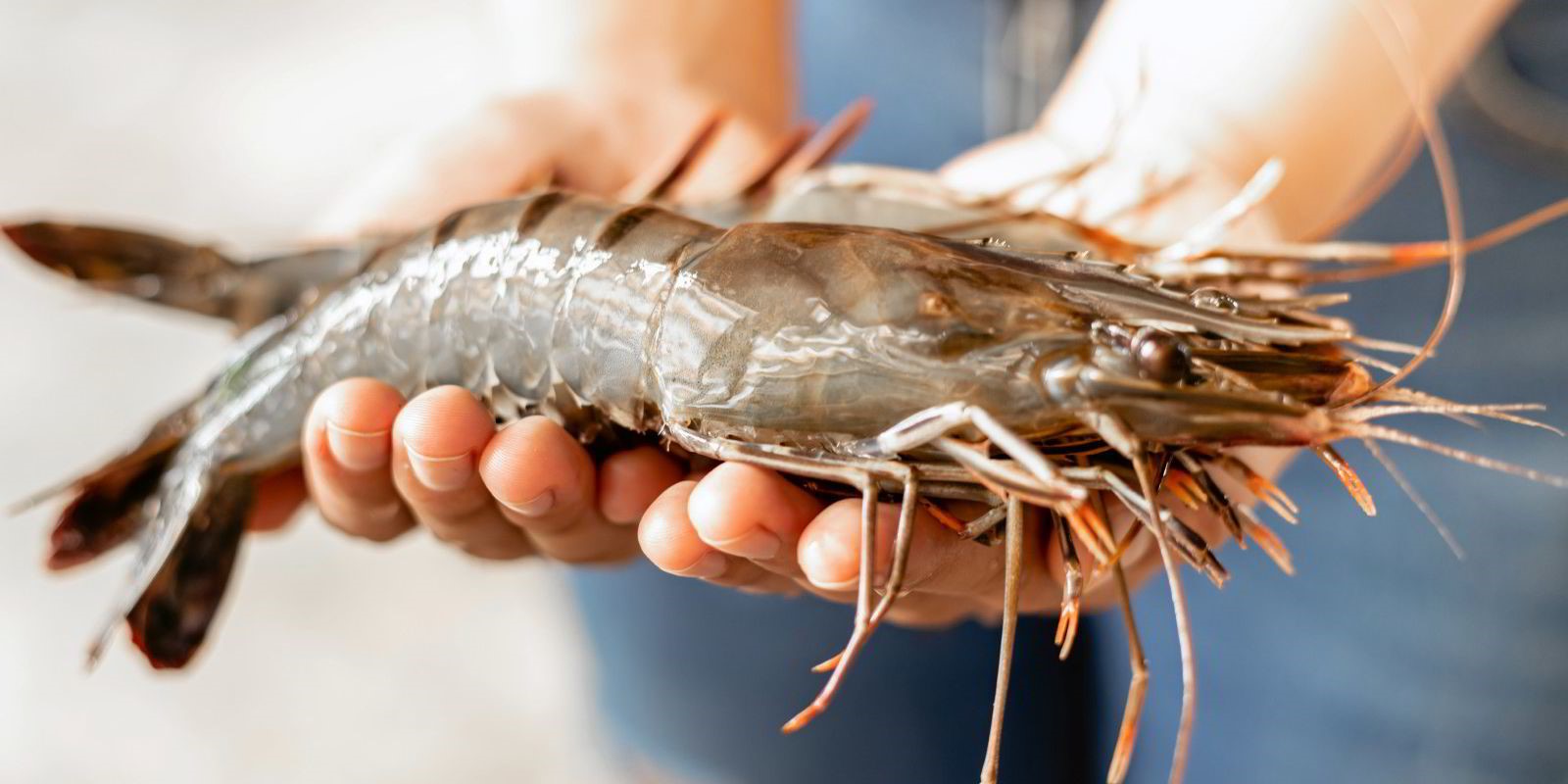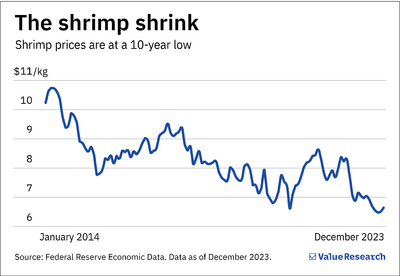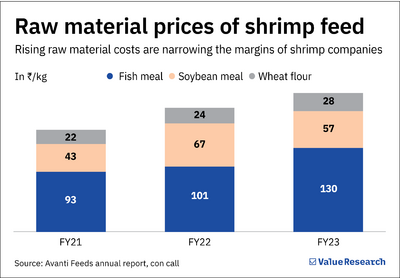





Disclaimer: Copyright infringement not intended.
Context
Details
India’s Shrimp Industry
Background
COVID crash

Burgeoning feed costs

Future of the Industry
|
The Marine Products Export Development Authority (MPEDA) certifies India's entire shrimp export process, ensuring adherence to international standards. India aims to boost seafood exports to ₹1 lakh crore by 2025-26, showing its commitment to sector growth. India's aquaculture sector is regularly monitored by regulatory bodies and undergoes audits by esteemed organizations like the U.S. Food and Drug Administration (USFDA) and European Commission. |
MUST READ ARTICLE: https://www.iasgyan.in/daily-current-affairs/shrimp-farming-in-punjab
|
PRACTICE QUESTION Q. Examine the growth trajectory of India's shrimp industry and its impact on the country's economy. Assess the factors driving India's success in global shrimp exports. Discuss the challenges faced by the industry and propose measures for sustainable growth. |








© 2025 iasgyan. All right reserved